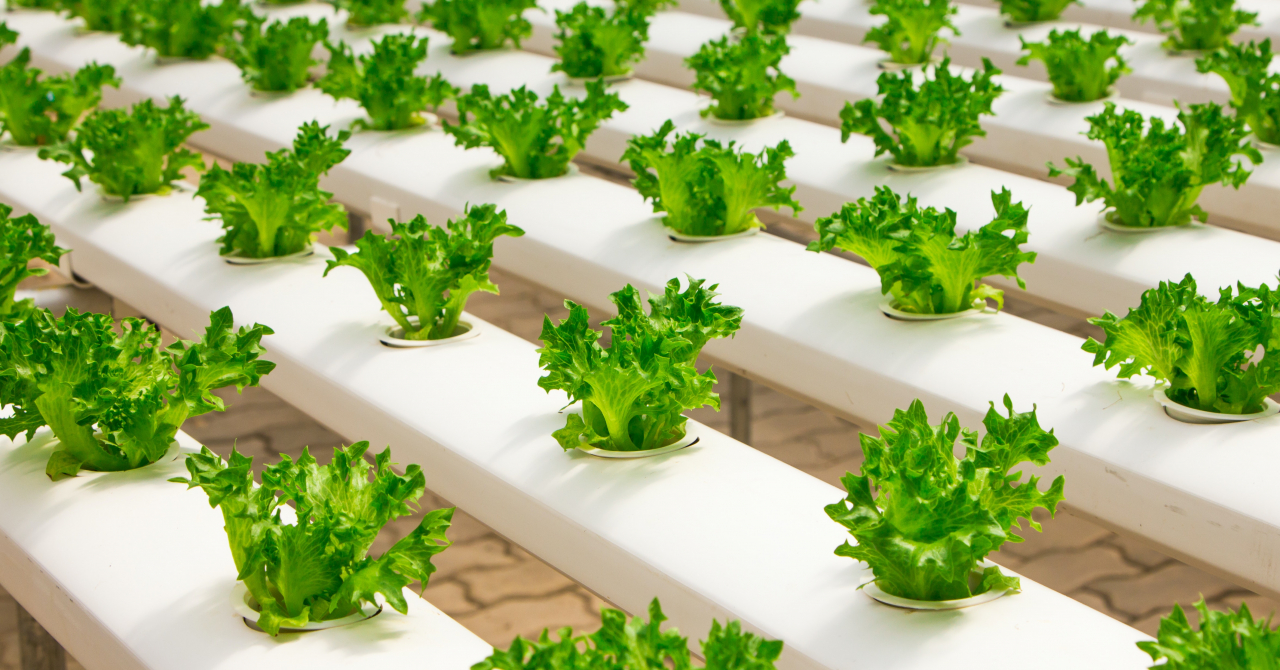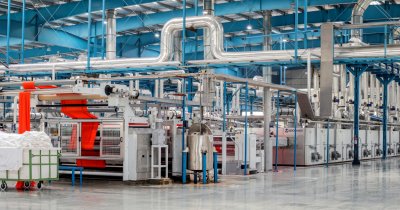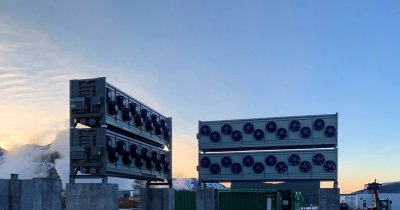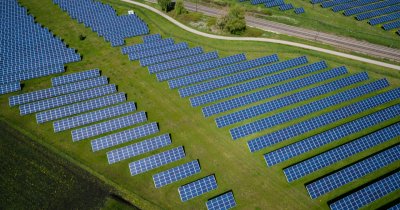Vertical farms, which are located in well-controlled environments, could prove to be a great solution for extending our yields above what our fields are capable of producing.
According to The Guardian, one such farm is located in the southern part of San Francisco and it is managed by four robots, which are transferring seeds on trays onto 4.5 meters high towers.
Many towers of this kind are hung around a 445 square meters facility.
Taking care of the crops are LED illumination, cameras, sensors and artificial intelligence, all part of Plenty, the company who owns these vertical farms.
The towers are brought down by specialized robots, so that humans can inspect the crops for imperfections, but there are very few of those to speak of.
When ready, the pesticide-free fruits and vegetables are packaged and sent to local vendors and the customers are the first people to actually touch them.
Vertical farming is not universally accepted as the future of agriculture, as some experts believe that it can be damaging to the environment, due to the energy-intensive processes that happen in these facilities.
Nate Storey, Plenty’s co-founder and chief science officer, said that "we’re moving into an age where climate change is changing what we grow and how we grow it. Ultimately, I think we’re future-proofing agriculture for our species."
Experts estimate that global food production must increase by some 70% compared to today's output by 2050 in order to meet demand for the nearly 10 billion people that will populate Earth.
The future of farming, with a caveat
This is challenging, as droughts and desertification caused by climate change makes many farming lands unusable and with further expansion of cities, less land for farming will be available.

Just in the US there are about 2.000 vertical farms growing crops like lettuce, herbs and berries for the entirety of a year, no matter the weather conditions.
Plenty, Bowery and AeroFarms are just some of the companies that are invested in what seems to be the future of farming.
In fact, indoor agriculture raised funds worth over one billion USD in 2021, more than 2018 and 2019 combined, with this sector expected to reach some 9.7 billion USD by 2026.
Still, indoor vertical farms require significant amounts of energy, which in turn means a high carbon footprint and there seems to be a problem regarding the growth of wheat, corn and soy, among other foods, in such locations.
Despite these disadvantages, vertical farms are meant to be space efficient, while reducing water consumption and they can produce hundreds of times more crops compared to regular farms.
Vertical farms can be using 70-95% less water, as they can capture and reuse the water used for irrigation.
Other benefits of such agricultural practices include full traceability to the shelf, the products remain fresh for longer and there is less chance of bacteria, such as E coli, from emerging.
Irving Fain, CEO and founder of Manhattan-based Bowery Farming, said that "what’s clear to me is that we’re living in an increasingly unreliable and uncertain world. We need to find certainty and reliability – and we need to act now."
"We’re reimagining farming and reinventing the fresh food supply chain and rebuilding one that’s a lot simpler, safer, has much more surety of supply and ultimately it’s much more sustainable as well", he added.
Again, one of the big problems when it comes to greenhouses and vertical farms, is the fact that they have higher energy requirements compared to traditional agriculture.
While vertical farming companies don't disclose data about energy usage, the 2021 Global CEA Census Report stated that greenhouse owners used 15-20 times more energy compared to regular field farming, whereas vertical farms used an astounding 100 times more energy compared to traditional agricultural practices in Arizona.
Gail Taylor, the department chair of plant sciences at the University of California, Davis, comes in the defense of technology and claims that old school farming can also be an energy intensive process, depending on the region in question.
"Sometimes we forget all the consequential effects like how many times you drive a tractor over a field or how many trucks you use to bring lettuce from the west coast to the east coast and fly food all around the world", she said.
The agricultural sector is responsible for some 30% of global emissions, which is why carbon emissions coming from the food industry must lower if we want to meet our climate goals.

How vertical farming can help the economy of a country
The Netherlands became the world's second largest agricultural exporter by value in 2020 thanks to greenhouses.
The country was able to export more than 10 billion USD worth of tomatoes, bell peppers and cucumbers in France and Germany, among other countries.
Greener energy sources, such as solar panels and wind turbines are also helping, bringing cleaner energy to indoor farms, lowering their carbon footprint.
According to Nate Storey, "new energy sources will come online. We’re going to see a massive and rapid evolution in the space that I think is going to shock people."
While Plenty and Bowers' farms are run completely on renewables, the fact that they require a lot of energy means that many solar panels need to be installed in order to meet demand.
Kale Harbick, a research agricultural engineer at the USDA who works on the optimization of controlled-environment agriculture, said that "there are certainly benefits for renewables, but I wouldn’t call them a silver bullet."
Other experts are hopeful that vertical farms will become more efficient at yielding crops, as the technology has barely started to mature.
Technology analyst Brandon Beh said that "I believe that over the next 10 years, we will see the industry expand as vertical farms adopt more sustainable business models and the costs of vertical farming decrease."
 Mihai - Cristian Ioniță
Mihai - Cristian Ioniță












Any thoughts?